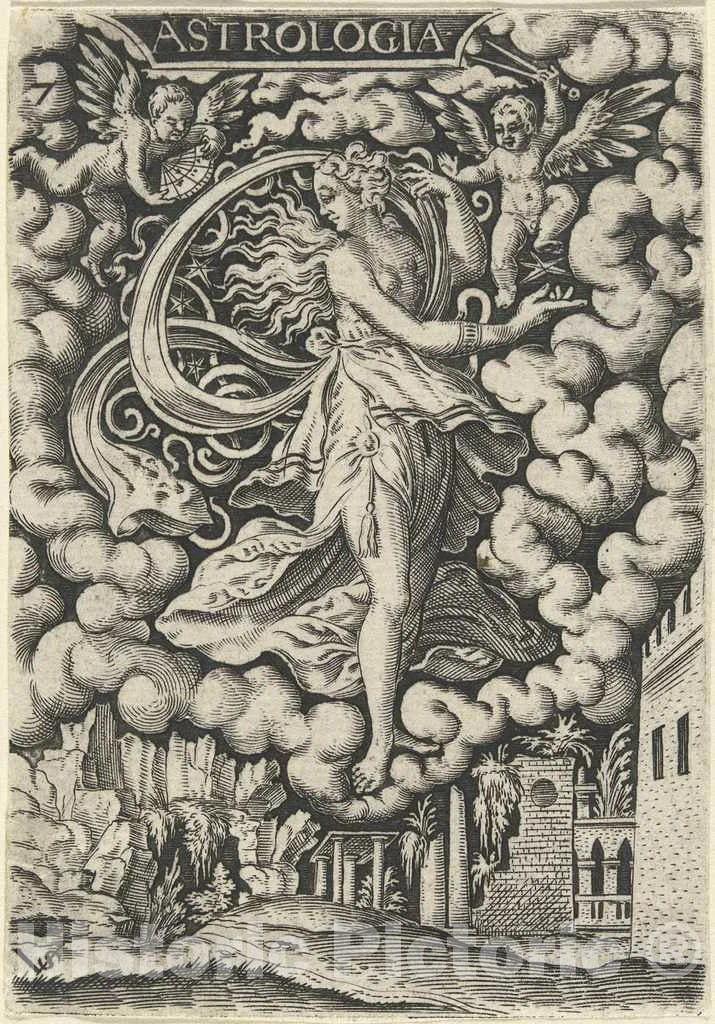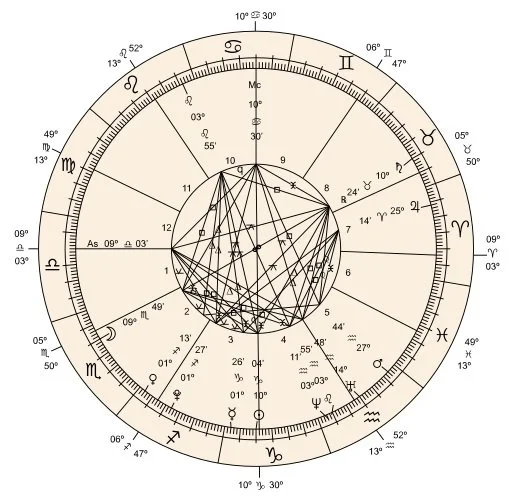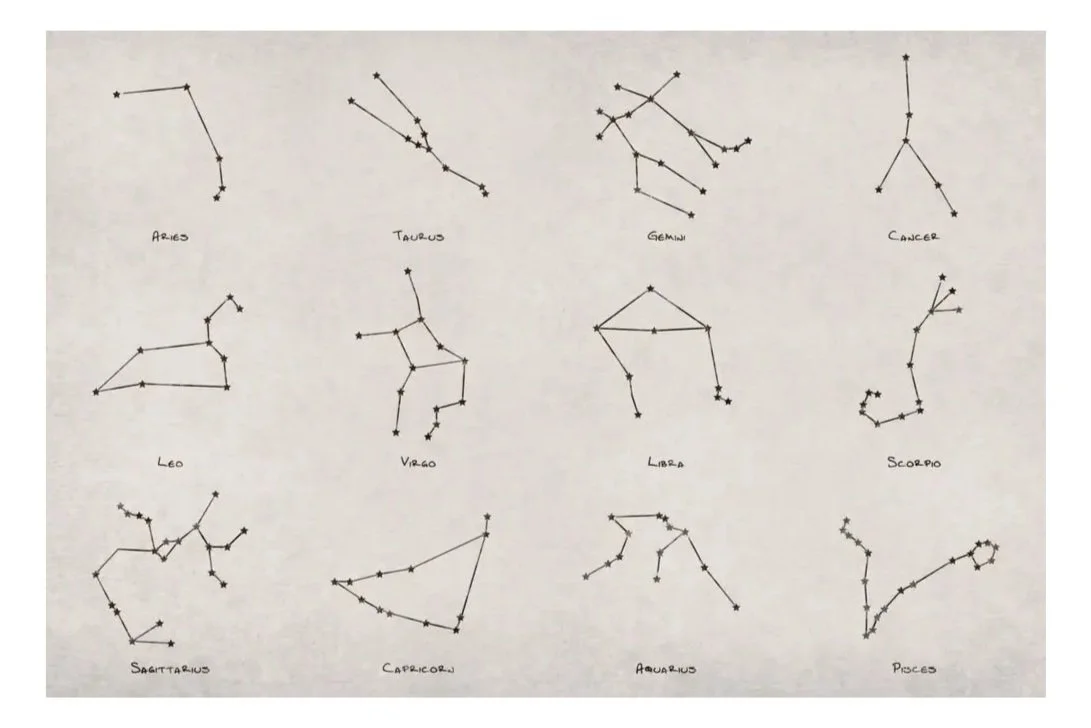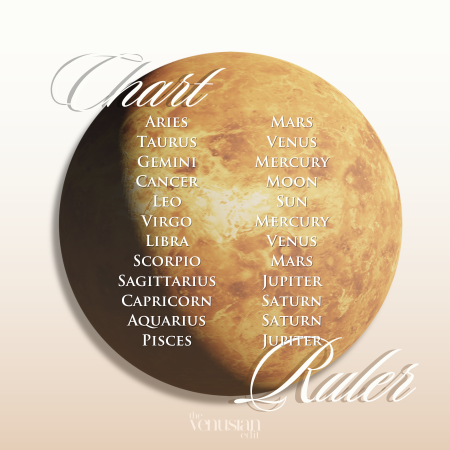Astrology 101: The Elements of a Natal Chart
What is Astrology?
Astrology is the study of the solar system and how it affects the human experience. For millennia, astrology has been studied by various civilizations, including Ancient Egypt, Greece, Rome, and Babylon.
The earliest recorded studies of astrology date back to 10,000 BC. For quite a while, astronomy and astrology went hand in hand. However, with modern discoveries and the introduction of psychology, the two began to stray further apart.
Uses for Astrology
Astrology is an extremely powerful tool for understanding the inner workings of one’s psyche. The study can be used for self-exploration, predicting future events, connecting with others, and plenty more.
With increased knowledge of the planets’ individual themes and the varying connections made in a natal chart, you can further understand phenomena ranging from the explanation behind a person’s thoughts and actions, to the reasoning behind one’s aspirations, or even pick up the physical characteristics one is likely to have.
Natal Chart Elements
A natal chart, or birth chart, is a chart of the constellations the planets were passing through at the exact time and place that one was born. Each chart is extremely unique. Note that the exact time of birth is a critical element for an accurate chart reading.
Charts can also be interpreted for events and the creation of inanimate objects. These charts are helpful to understand the conditions for important events such as political elections, business launches, etc. Charts drawn up for future events fall under the realm of ‘electional astrology’.
Each natal chart has the following elements:
Signs
Planets
Houses
Aspects
Signs
The 12 Signs of the Zodiac
The Zodiac is made up of twelve astrological signs. Each zodiac sign corresponds with a constellation and each constellation’s respective fixed stars along the ecliptic, or the sun’s apparent path across the sky.
Beginning with Aries and ending in Pisces, each sign accounts for 30 degrees in the 360° circle that makes up the Zodiac.
The Zodiac can be broken down multiple ways— including signs, modalities, and elements.
Modalities
Modalities are groupings of signs that are based on their order in the Zodiac. Each season of the year features three modalities— cardinal, fixed, and mutable. The easiest way to remember this is the beginning, middle, and end of each season, or simply count every four signs.
The beginning of each season belongs to cardinal signs. The cardinal signs, Aries, Cancer, Libra, and Capricorn represent fresh starts, initiation, etc. The solstices and equinoxes occur in these signs.
The middle of each season holds the fixed signs. Known for their stubbornness and reluctance to change, fixed signs depict the “brunt” of each season. The fixed signs are Taurus, Leo, Scorpio, and Aquarius.
Finally, mutable signs, represent the transitional time of each season. The mutable signs are Gemini, Virgo, Sagittarius, and Pisces.
Elements
Each sign belongs to an element— Fire, Earth, Air, and Water. These occur at triplicities, or every three signs.
Fire Signs begin the Zodiac with Aries, and includes Leo and Sagittarius.
Following up are Earth signs, beginning with Taurus, followed by Virgo and Capricorn.
Next is Air signs, beginning with Gemini and followed by Libra and Aquarius
Finally, Water signs include Cancer, Scorpio, and Pisces.
Planets
Each planet in our solar system represents different aspects that make up a person’s personality & destiny. Depending on their location in the sky, each planet takes on the characteristics of whatever sign they are in. Regardless of the person, every planet in our birth chart is important.
Personal Planets
The personal planets are the Sun, Moon, Mercury, Venus, and Mars. These planets have quicker revolution periods (ranging from 28 days to 1.5 years). With shorter revolution periods, these planets move from sign to sign much quicker than planets that are further away from the sun.
Sun: The ego, self-esteem, creativity, joy, talents, generosity
Moon: Native behavior, who you are at your most vulnerable, defensive, emotions, imagination
Mercury: physical and mental communication, inventive, dreams
Venus: love, relationships, beauty, admiration, pleasure
Mars: passion, action, driving force— what are you fighting for, energy, fears
Generational Planets
The generational planets are the planets beyond the asteroid belt. Beginning with Jupiter and ending with Pluto, these planets represent entire generations of people. Since these exist in certain signs for prolonged periods of time, these planets’ positions in your chart, in relation to houses, are of more importance than the sign.
Jupiter: luck, worship, protection, blessings, learning, optimism, loyalty, abundance
Saturn: restriction, limits (once the limit of the solar system), caution, rebirth, risks, karma, perseverance
Uranus: unconventional, ambiguity, rebellion, rule breakers
Neptune: unknown depths, mystery, artistic, idealistic, shapeshifting
Pluto: unconscious, transformation, unknown, power
Houses
Houses are the different areas of life that make up your life’s journey. This is very specific from person to person, because the first house (your ascendant, or rising sign) is dependent on your birth time. The houses change about every two hours, so having an accurate birth time is extremely important for your natal chart’s accuracy.
There are plenty of different house systems, but the most common ones used in Western astrology are the Placidus and Whole House systems.
Chart Ruler
Your chart ruler is the planet that rules your ascendant. Although each planet (and Pluto) is assigned to a zodiac sign (or two) in modern times, chart rulership only applies to the seven classic planets— Sun, Moon, Mercury, Venus, Mars, Jupiter, and Saturn.
Each ascendant’s chart ruler is as follows:
Aries Rising - Mars
Taurus Rising- Venus
Gemini Rising- Mercury
Cancer Rising - Moon
Leo Rising- Sun
Virgo Rising- Mercury
Libra Rising - Venus
Scorpio Rising- Mars
Sagittarius Rising - Jupiter
Capricorn Rising- Saturn
Aquarius Rising - Saturn
Pisces Rising- Jupiter
The chart ruler is an important planet to understand and observe as it moves throughout the sky. I highly recommend learning all about your chart ruler. Starting off with resources describing the planet’s nature (astronomy & mythological texts) is a simple way to begin. It is also imperative to know where your chart ruler lies in your natal chart, as well as the aspects, or connections, it makes to other planets, major angles (IC, Descendant, Ascendant, MC), and asteroids.





